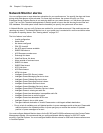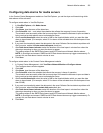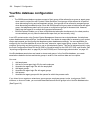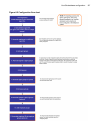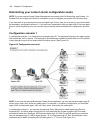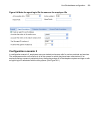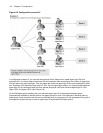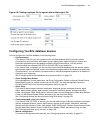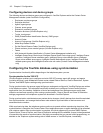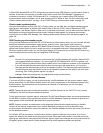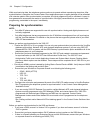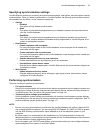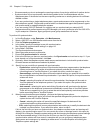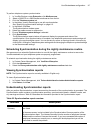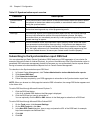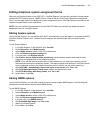112 Chapter 6 Configuration
Configuring devices and device groups
The following devices and device groups are configured in YourSite Explorer and/or the Contact Center
Management website (under YourSite=>Configuration)
• Employees, employee groups
• Employee divisions
• Agents, agent groups
• Queues, queue groups
• Extensions, extension groups
• Extension divisions (YourSite Explorer only)
• Trunks, trunk groups
• DNIS (Dialed Number Identification Service), DNIS groups
• Account Codes
• Account Code groups (YourSite Explorer only)
• Make Busy Reason Codes
• Do Not Disturb Reason Codes (YourSite Explorer only)
• Phone numbers, phone number groups (YourSite Explorer only)
• Teams
• ANI (Automatic Number Identification) (Contact Center Management website only)
• Intelligent Queue Smart Choice layer, Intelligent Queue Smart Choice layer group, Intelligent Queue
extension, Intelligent Queue extension group, Intelligent Queue voice callback queue, Intelligent
Queue voice callback queue group, Intelligent Queue Web callback queue, Intelligent Queue Web
callback queue group and Intelligent Queue voice exit codes (Contact Center Management website
only)
Configuring the YourSite database using synchronization
Synchronization functionality differs depending on the telephone system you use.
Synchronization for the 3300 ICP
YourSite Explorer enables you to configure and write 3300 ICP queues, agent skill groups, and agents
(including skill level), and validate/edit contact center related Class of Service, Class of Restriction, System
Options, and SMDR Options settings using synchronization.
During synchronization, the queues, agent skill groups, and agents configured in YourSite Explorer are written
to the telephone system. This enhanced functionality enables you to configure Contact Center Solutions
applications from your desktop. Validation of device and assignment form settings ensures quality data
collection and accurate reporting. After running synchronization, Class of Service and Class of Restriction
settings programmed in the telephone system can be edited in YourSite Explorer.
During synchronization, administrators can preview device changes, identify devices that should be excluded
from synchronization, and manage the business rules related to synchronization of device names and
associated device creation.
While synchronizing data, the telephone system continues to operate without experiencing downtime. After
synchronization is complete, the Contact Center Client applications open on agent desktops will be refreshed
with a device update. After synchronization is complete, all critical programming, such as SMDR Options,
System Option, Class of Service, and Class of Restriction settings will be validated. A report is then generated
to summarize the results of synchronization. We highly recommend that you correct invalid programming, as
detailed on the Telephone system settings tab of media servers in YourSite Explorer, immediately.



